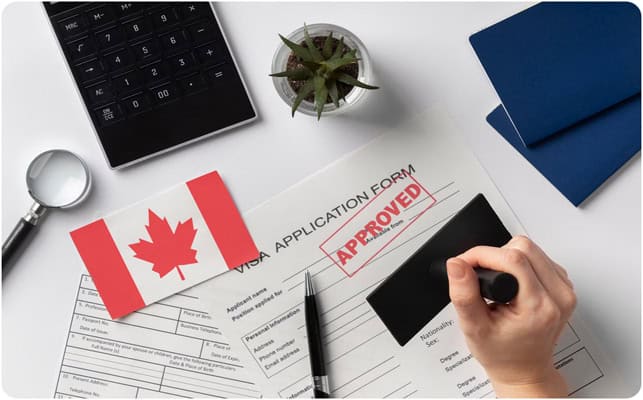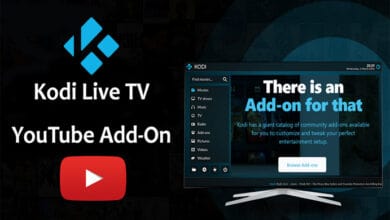
Canada is a top choice for skilled workers and immigrants looking for career advancement and a great quality of life. Starting in 2025, new work permit rules let people work in Canada without needing an employer’s help. This guide includes the latest updates, eligibility criteria, and a simple application process for getting a Canada work permit on your own.
Canada Work Permit 2025: Key Changes
In 2025, Canada offered new work visa options for foreign workers to find jobs without needing employer sponsorship. These are Open Work Permits, Self-Employed Visas, and Provincial Nominee Programs (PNPs). Knowing these pathways is important for anyone wanting to work in Canada legally and on their own.
Key Updates:
- Stricter eligibility for spousal open work permits
- Extended open work permits for select provinces (Alberta, Manitoba, Yukon)
- Temporary pause on arranged employment points in Express Entry
- New public policies facilitating PNP work permits
- Self-Employed Work Permits for freelancers and entrepreneurs
Open Work Permit (OWP) – Who Can Apply?
An Open Work Permit (OWP) lets people work for any employer in Canada without needing a Labour Market Impact Assessment (LMIA) or a job offer.
2025 Updates:
Only spouses of International Students in a Master’s, PhD, or professional degree program are eligible.
Spouses of Temporary Foreign Workers (TFWs) need to have a partner in a high-demand job (TEER 0, 1, 2, 3) who has at least 16 months remaining on their work permit.
Foreign workers in Alberta, Manitoba, and Yukon can get an OWP for up to two years with provincial support letters.
Work Permit Pathways Without an Employer Sponsorship
1. Post-Graduation Work Permit (PGWP) – For International Students
- Available to graduates of Canadian designated learning institutions (DLIs)
- Valid for up to three years, depending on the length of the study program
- Provides a pathway to Permanent Residency (PR) via Express Entry
2. Self-Employed Work Permit – For Freelancers & Entrepreneurs
- Open to artists, IT professionals, digital nomads, and sports professionals
- Requires proof of experience and economic or cultural contribution to Canada
3. Provincial Nominee Programs (PNPs) – Work Permit Before PR
- Certain provinces offer temporary work permits before granting PR
- Applicants with a valid PNP nomination and work permit can start working while awaiting PR
4. International Experience Canada (IEC) – Working Holiday Visa
- Available for young professionals (18-35) from select countries
- Provides an open work permit valid for 1-2 years
How to Apply for a Canada Work Permit Without Employer Sponsorship?
Step 1: Check Eligibility
Identify the most suitable program (OWP, PGWP, Self-Employed Work Permit, or PNP Work Permit).
Step 2: Gather Documents
- Valid passport
- Educational credentials (if applicable)
- Proof of funds
- Work experience letters (if applicable)
Step 3: Submit Online Application
Apply via the IRCC portal and pay the required fees.
Step 4: Biometrics & Medical Exam
Provide biometrics and undergo a medical examination if required.
Step 5: Wait for Processing & Decision
Processing times vary between 2-6 months.
Conclusion
In 2025, Canada’s new work permit rules offer more chances for people to work without needing employer sponsorship. As a student, freelancer, or skilled worker, looking into these options can help you reach your career goals in Canada.



